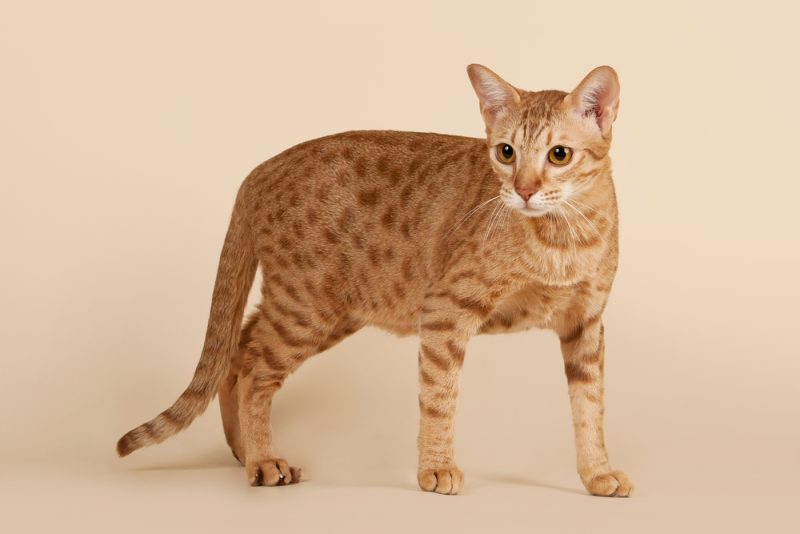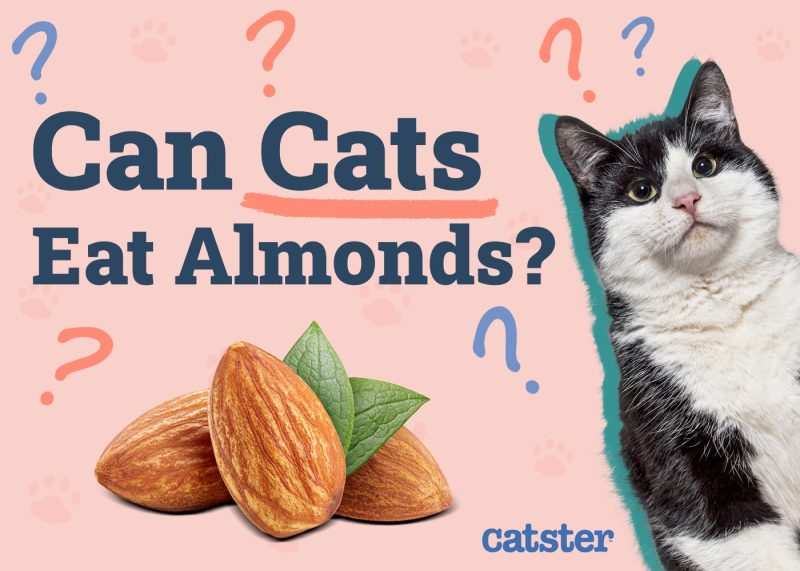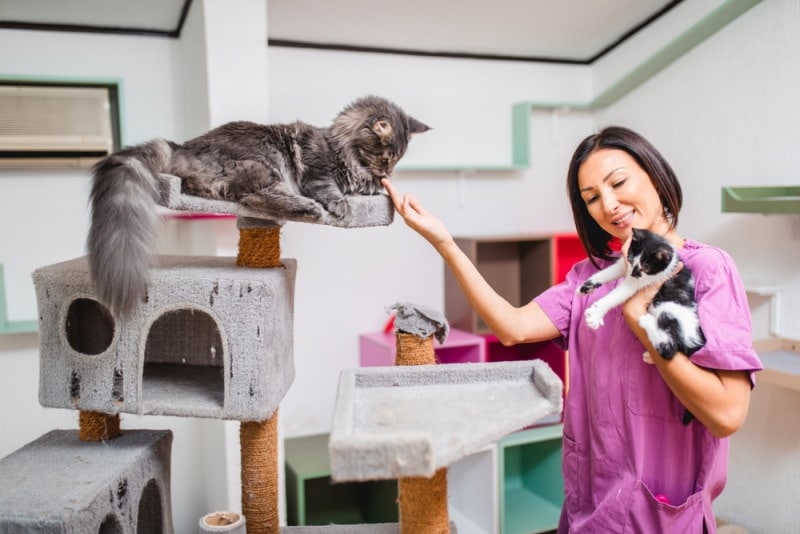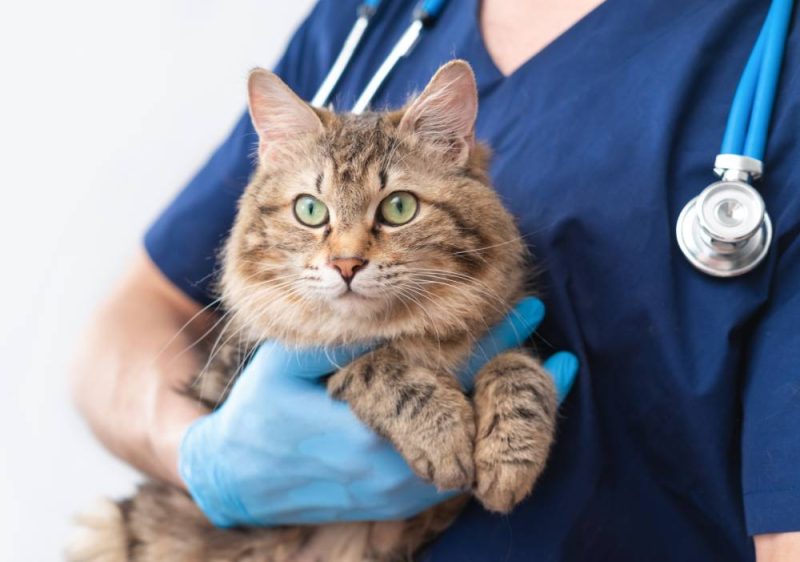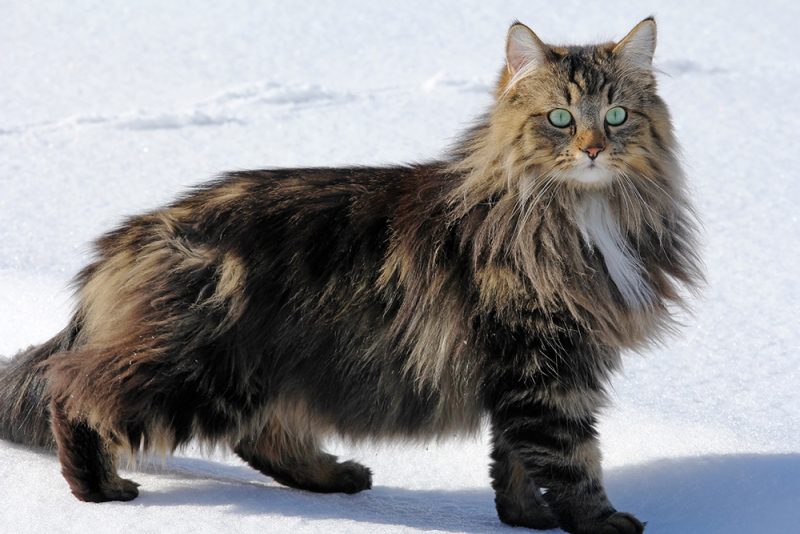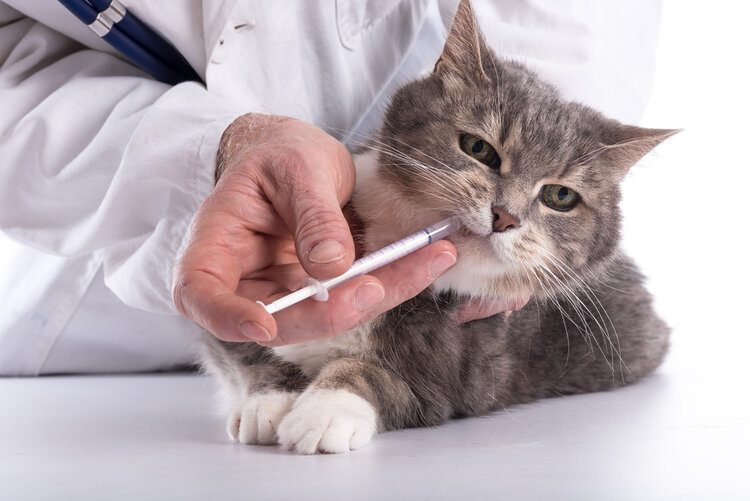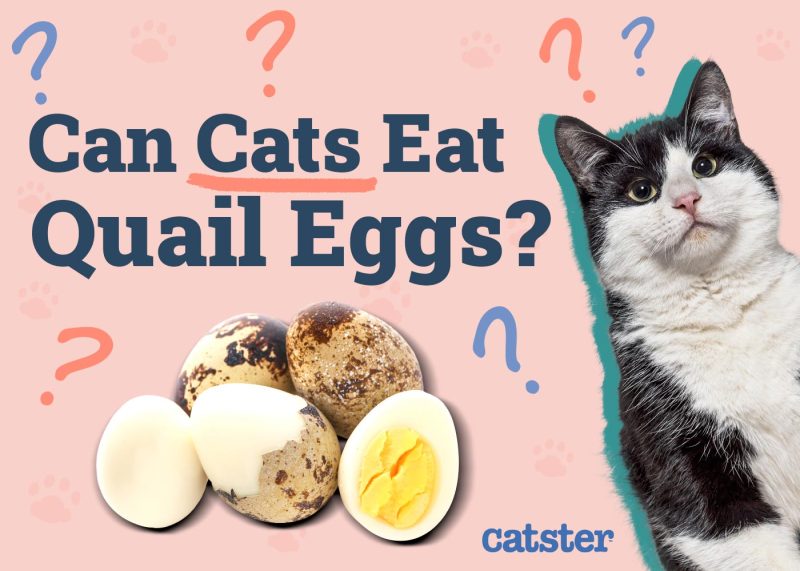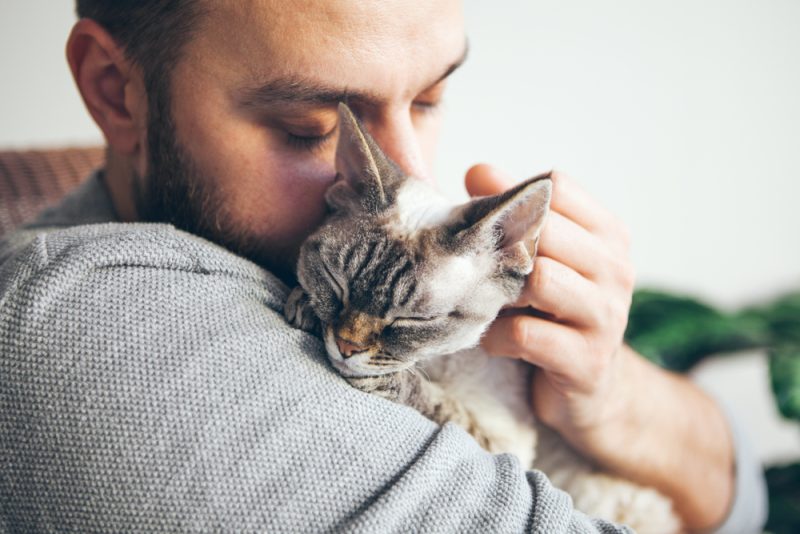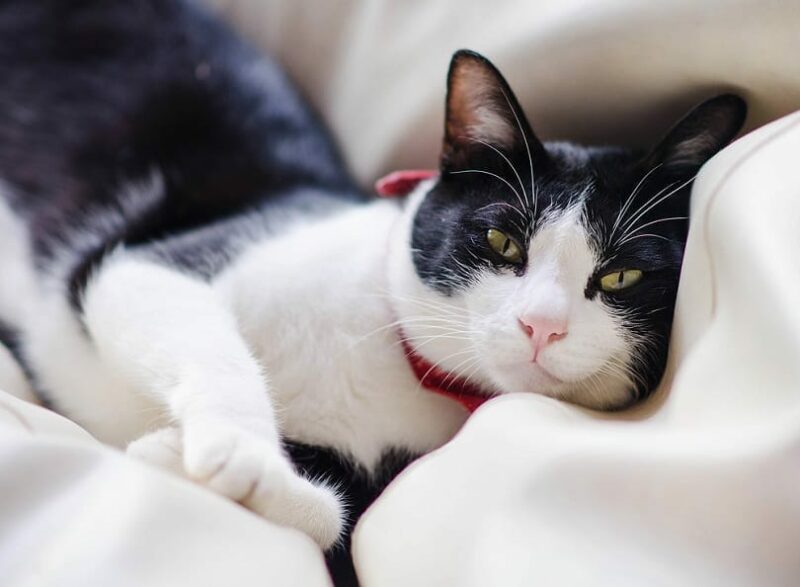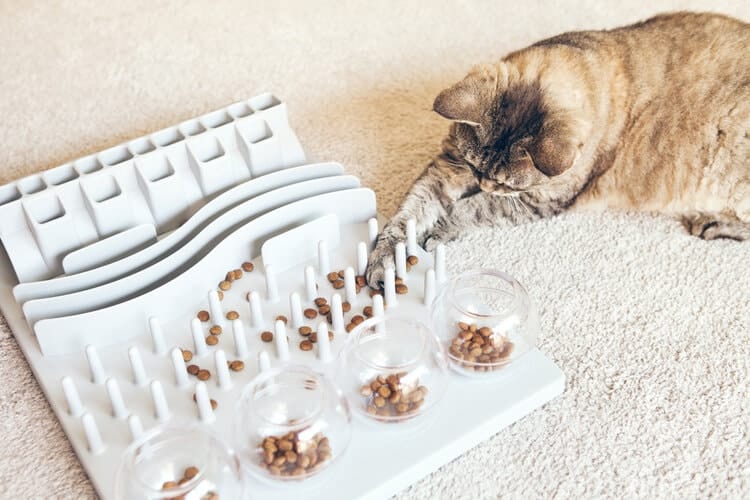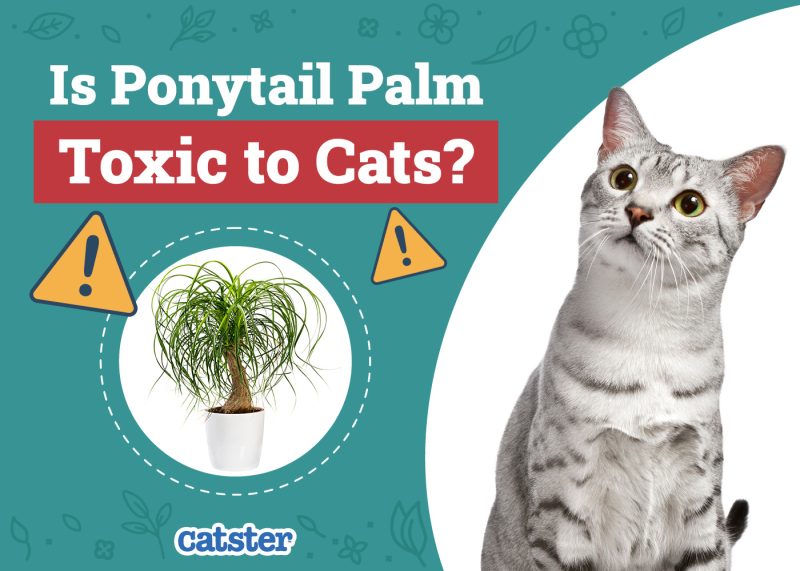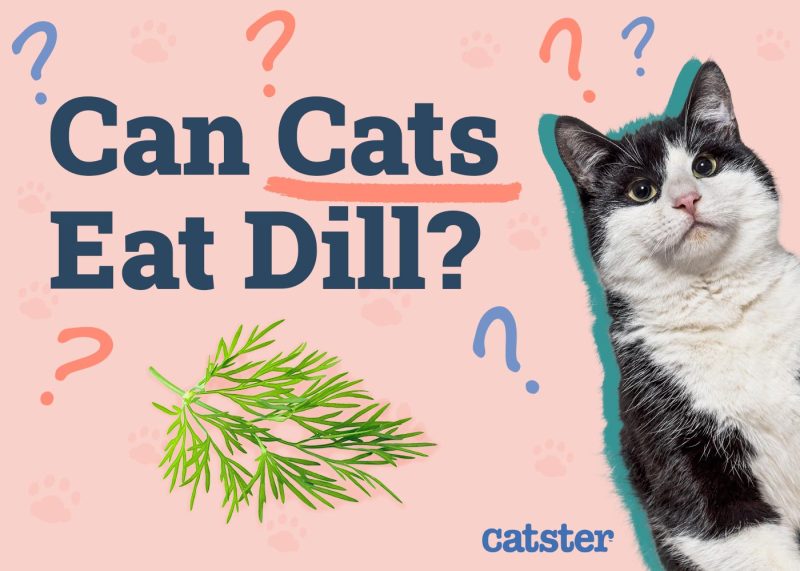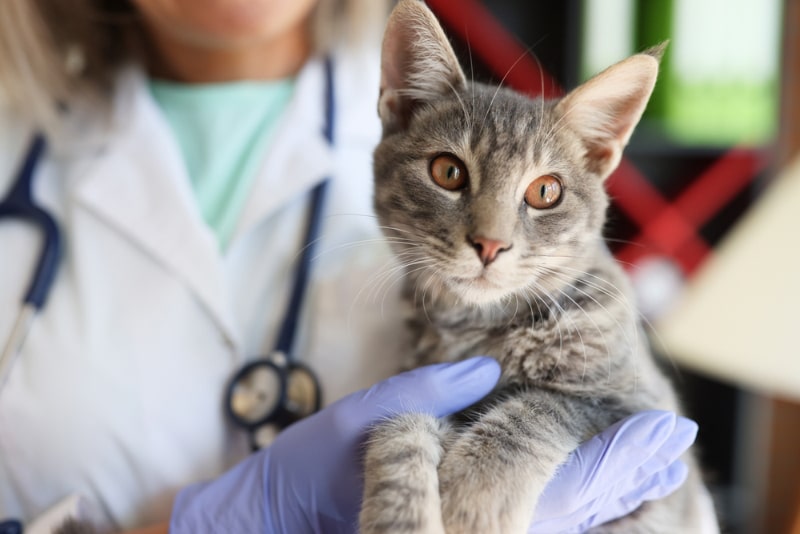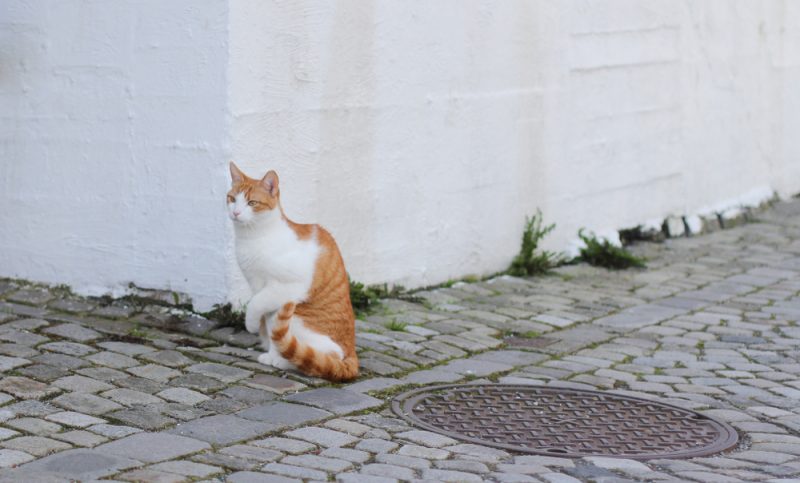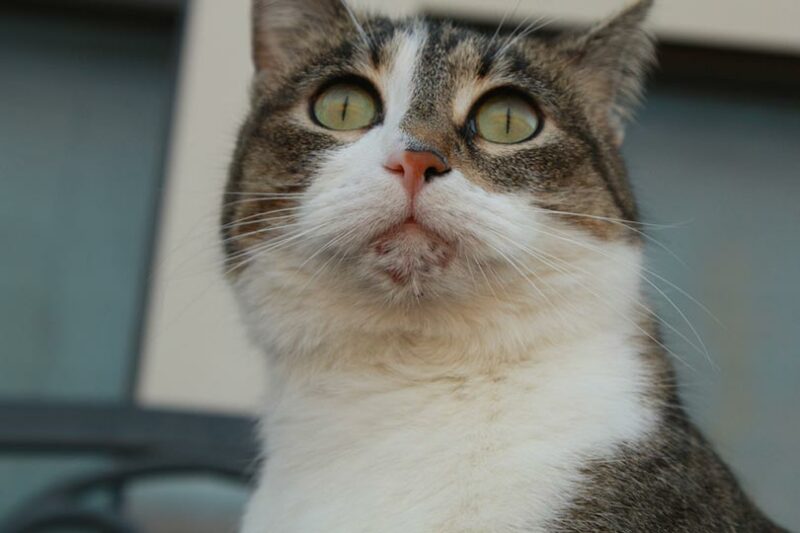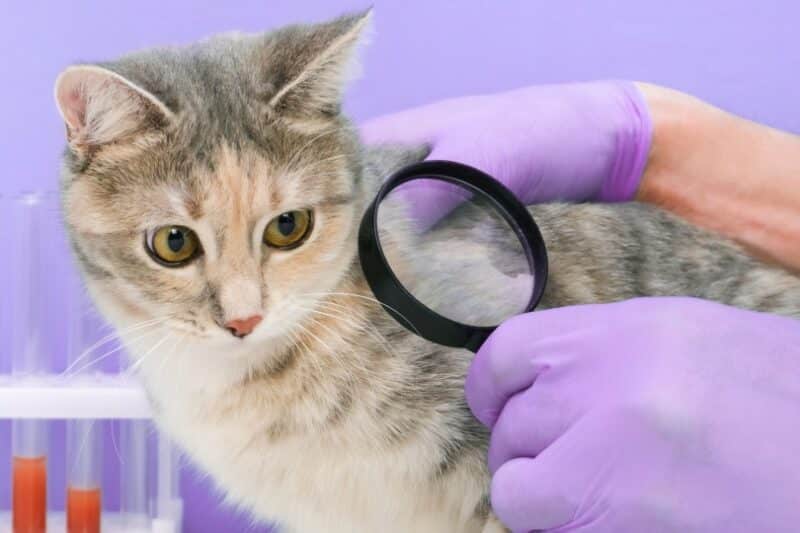The Ocicat was created to resemble an Ocelot. They are similar to the Bombay and bred to look like a wild cat in a domesticated cat form, complete with a spotted coat. Though they look like a big cat, Ocicats have sociable personalities and dog-like dispositions.
These cats are not hard to identify with their brown or gold spots, but they can produce other colors. Here are 12 Ocicat colors and patterns with pictures.
The 12 Colors and Patterns of the Ocicat
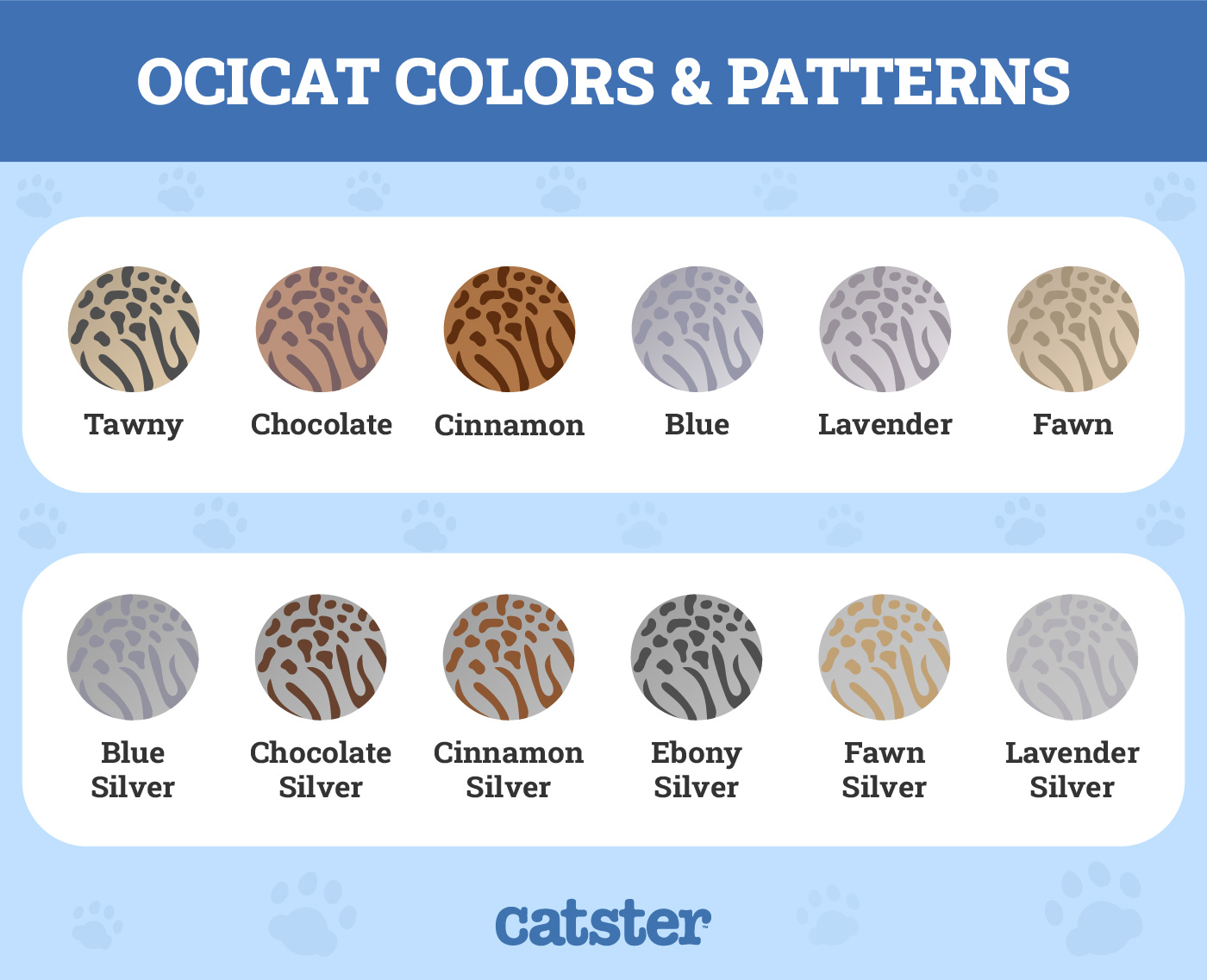
1. Tawny
The tawny color is darker than the traditional brown and gold spots. These cats have black or very dark brown spots on a beige to tawny colored background with less of the golden hues.
2. Chocolate
The chocolate color is beige to tawny as a background with dark chocolate to reddish-brown spots. They have a darker red nose lined with dark brown. The paw pads are usually a chocolate-pink color.
3. Cinnamon
Cinnamon is a unique color with cinnamon-colored spots on a warm beige or ivory background. The nose is the color of cinnamon, while the pads are pink or dark pink.
4. Blue
The blue color is one of the dilute colors, which is a change in the way the red coloring in the background gives the cat’s overall appearance. They can be paler blue or a pale yellowish brown with a pink and blue nose, paw pads, and tail tip.
5. Lavender
The lavender color is one of the dilute colors and is technically a diluted chocolate that gives a faint purple impression. Like other lavender colors on other cat breeds, the spots are a pale silvery purple with an ivory background. The nose and paw pads are a darker lavender.
6. Fawn
The fawn color is similar to the cinnamon color, only dilute, and features fawn spots on a pale beige or ivory background. The nose is fawn, but the paw pads are pink.
7. Blue Silver
Though blue is a dilute color itself, there’s also blue silver. It’s one of the few colors that come in the silver dilute and causes bluish spots on a white or silver background. The nose and paw pads are blue.
8. Chocolate Silver
The chocolate silver coat color has chocolate-colored spots on a white or silver background. Otherwise, the cat resembles the chocolate color with a dark brown nose and paw pads.
9. Cinnamon Silver
The cinnamon silver color is a dilute cinnamon with cinnamon-colored spots on a white or silver background. The nose and tail tip are cinnamon, while the paw pads are pink.
10. Ebony Silver
Ebony silver is a combination of black spots on a white background. These cats have black noses, paw pads, and tail tips.
11. Fawn Silver
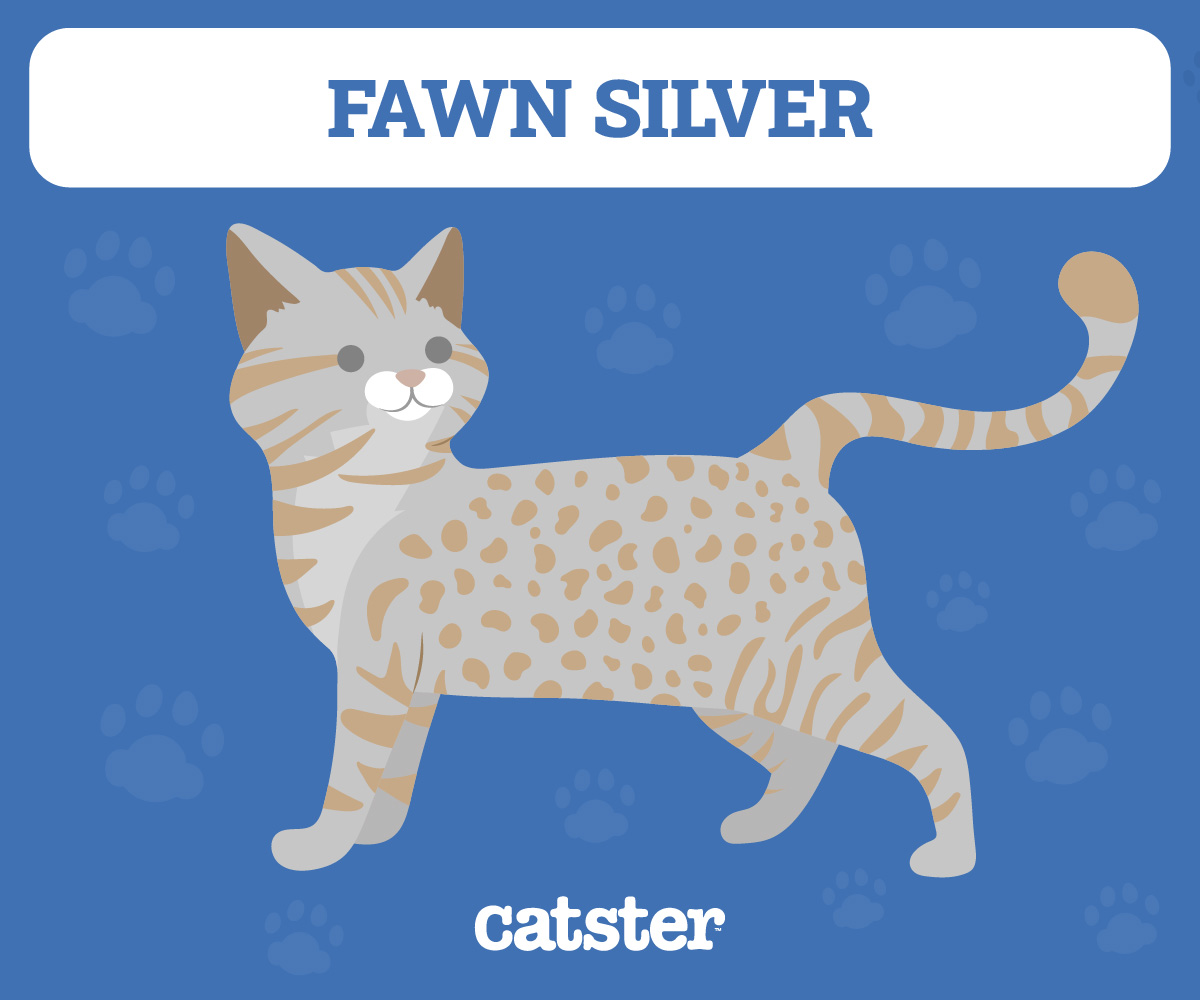
The fawn silver color is another silver variation with fawn spots on a white or silver background. The nose is a pink color with some fawn, the paw pads are pink, and the tip of the tail is fawn.
12. Lavender Silver
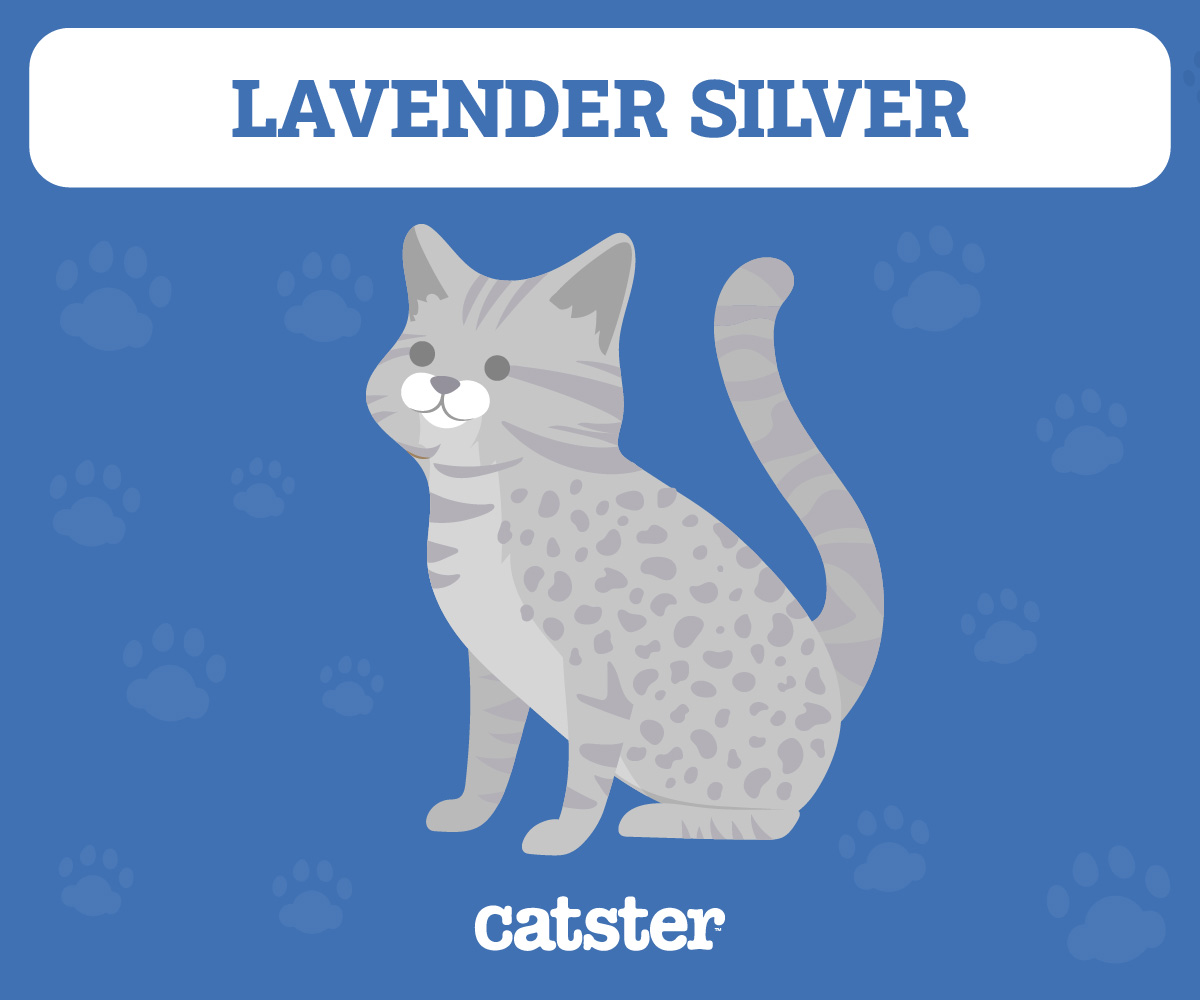
The lavender silver color is one of the silver colors and features lavender spots on a silver or white background. The nose is lined with dark lavender and the paw pads are lavender pink.

Conclusion
Whatever color you choose, the Ocicat still retains its wild and exotic looks. Traditional Ocicats are rare enough, so keep in mind that it may be difficult to source some rarer colors like silver.
You might also be interested in:
- Ocicat vs Egyptian Mau: Main Differences (With Pictures)
- Ocicat vs Bengal: What’s the Difference? (With Pictures)
Featured Image Credit: dien, Shutterstock
